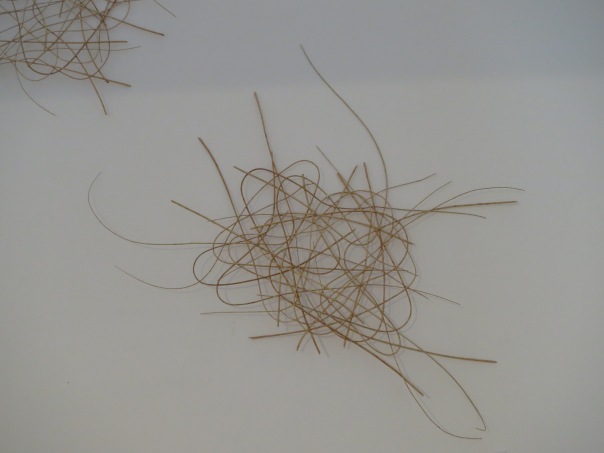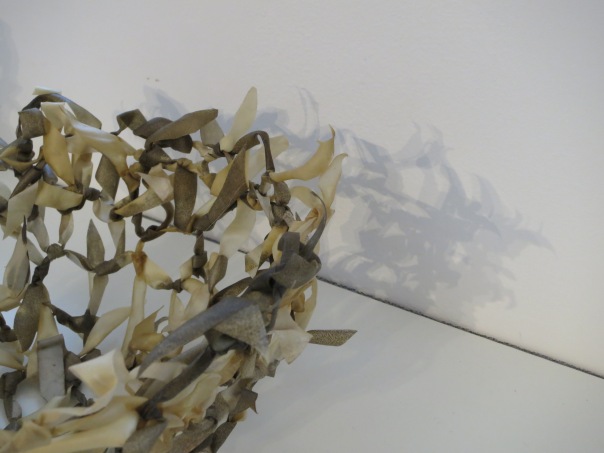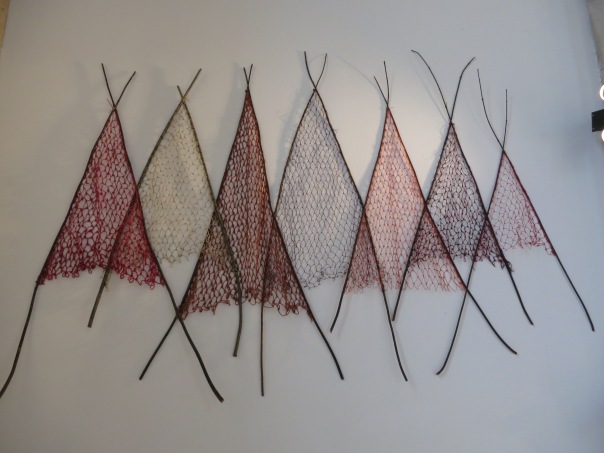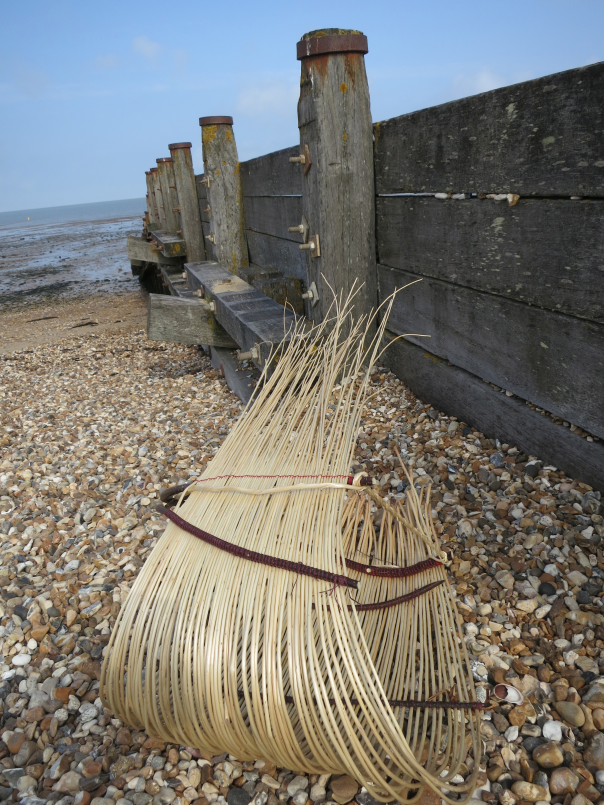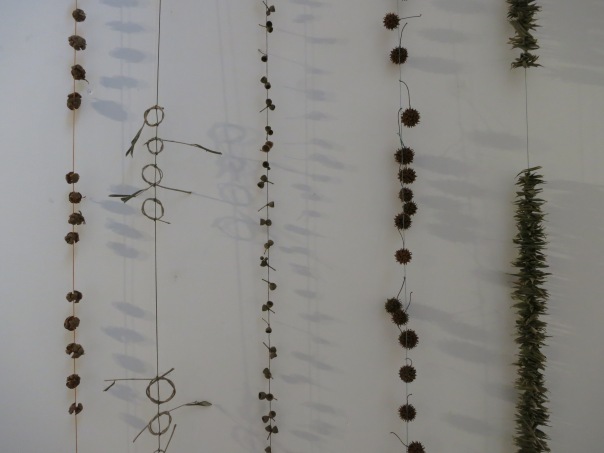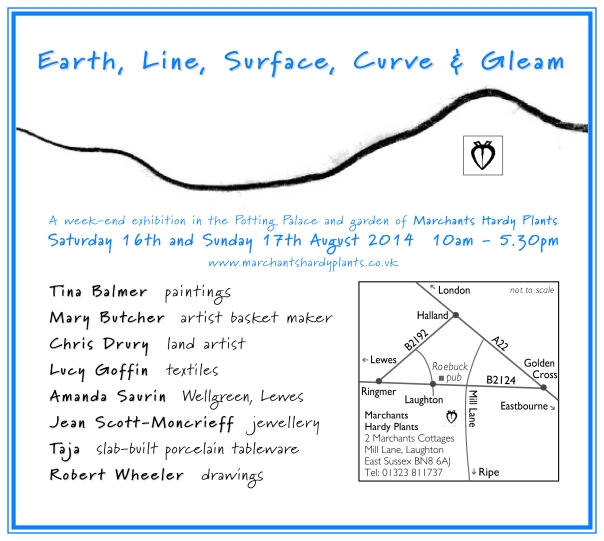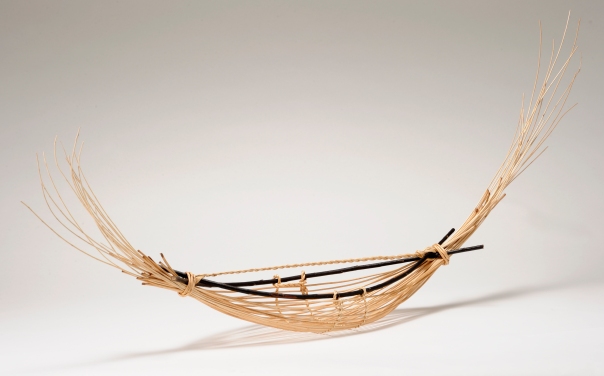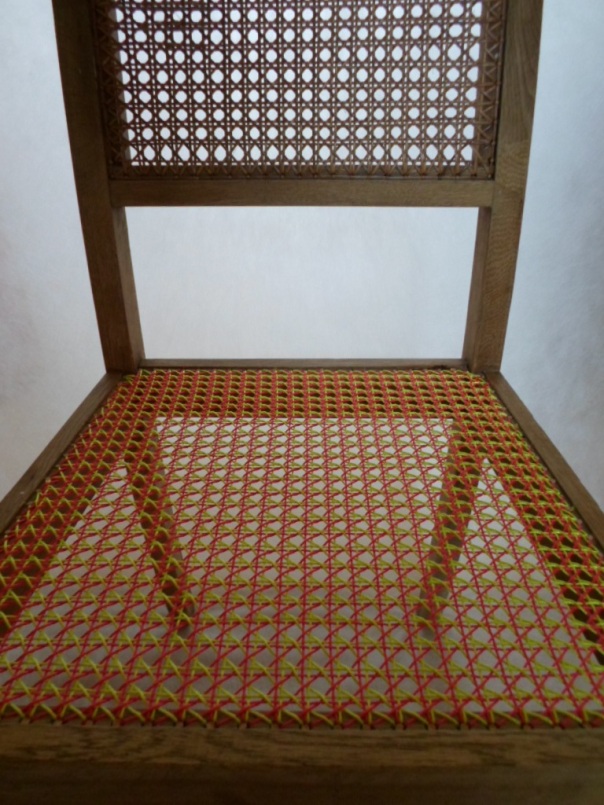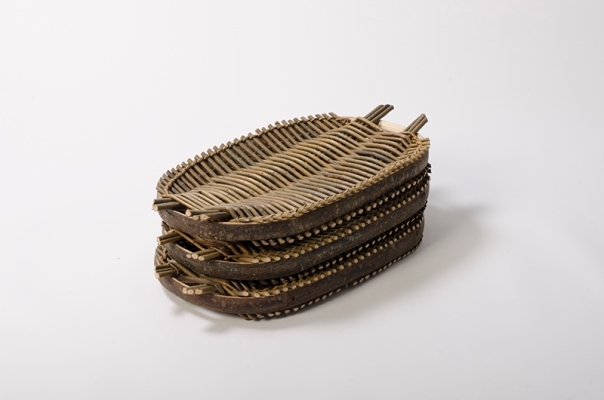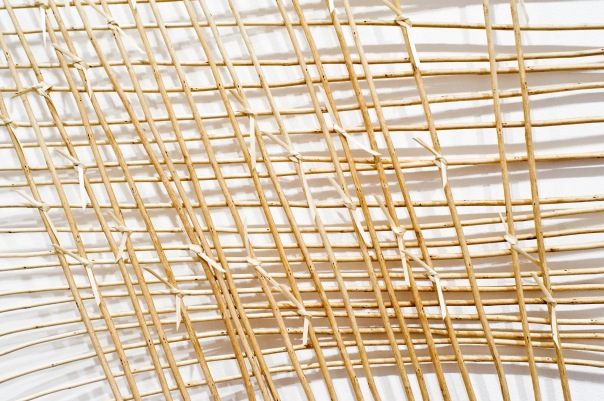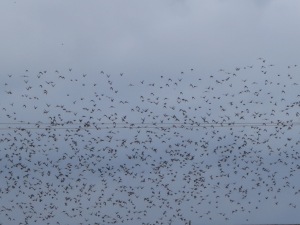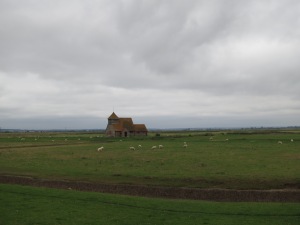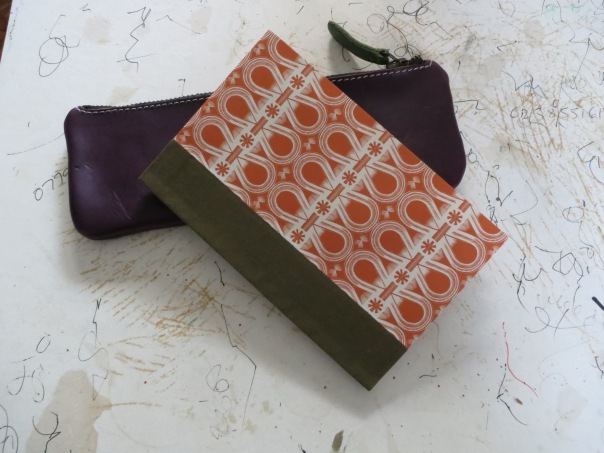How to set about it? Here are some tips and thoughts that may help you approach work in this, or perhaps many other, handskilled crafts.
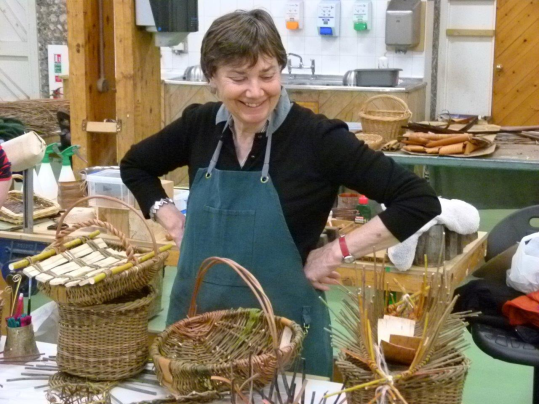
- Have you the passion?
Do you love making things and baskets in particular? You’ll be doing it a long time and that is no good unless you find it all completely absorbing and every step a fascination. That doesn’t necessarily mean that you find it easy or that it is not difficult to start a project. Those blockages happen to us all from time to time, but it does mean that, once started, you forget your coffee gets cold beside you and time moves swiftly without you noticing.
This passion is usually built in, not manufactured, and you will know it when you find it. I had no intention of being a basketmaker but I just loved that first unexpected afternoon working with willow, making a round base. Being sent home with materials, being told to make six more, leads me to the next tip for going into a great life as a craftsperson.
- Be excellent at what you do.
These hand skills are acquired by simply doing the same thing over and over again, always concentrating on the tiny details to achieve the right end product. Build up your repertoire slowly. Four or five objects perfected is better than a range not made less well, while you are finding your feet. Chose your materials, refine your weaving, be as neat with every join as you possibly can, all while keeping an eye on the overall result. It is all about hand and eye co-ordination and training, so along with this practice you need a really good, confidence-inducing teacher. Stick with one or go to several for different things but grasp what is offered and have fun doing it. I hope you will revel in it all, the examples, the books, the glimpses of a full craft life.
- Versatility is a way of life.
When I learnt, willow basketmaking was a solitary business, the days of the big workshops all but over, so it was hard work ‘on the plank’, making as fast as you could while maintaining quality. Most basketmakers now enjoy being versatile, bringing financial security and lots of contacts too. Many of us teach once we have reached a good standard ourselves but beware, if you teach a lot you get less good as a maker. Basketmaking is a highly repetitive skill, needing constant attention, so mix the two as far as possible and don’t start neglecting the making if it is still in any way important to you.
Many of us now do more than one kind of basketmaking. Coiling or twining can be done more at the drop of a hat with less planning for preparation of materials and may allow you to enter different sets of events in a slightly different worlds, the 3D textile world, the paper world, and so shift your career. Try things but don’t forget that passion! It will show through.
- Be good at the office stuff too. Reliability is a lot.
Being responsive to requests for work or exhibition pieces, sending off your CV or 100 words at the right moment, goes a long way and helps your reputation (why am I doing this on a Sunday morning while on holiday?). Some of this is about learning to say ‘No’ so you have enough work but are not over burdened. This is hard, as we never know if more work is coming in and the administration can take over your life, these internet days. But being realistic about what you can cope with, being honest with people who approach you, being a pleasant person to deal with, are traits that should come naturally but maybe don’t in the welter of work. And learn to charge properly – the hardest thing of all. Value what you do while keeping an eye on the wider markets.
- Confidence
In the UK we are notoriously bad at this! Try to be proud of what you do but don’t brag about your successes – a fine line to walk. You can still be honest about them and build on them. Be confident to try for projects secure in the knowledge you have ideas and intentions. Don’t go in for anything half-heartedly. Any lack of commitment or vigour will show in the work.
- Look for Opportunities and enjoy yourself!
Now the world is your Oyster. Opportunities are everywhere, so go to basket websites and their links, go to Museum sites and look for exhibiting possibilities, ask colleagues and friends, search the Crafts Council and Arts Council information, try Artists Newsletter. All these have given me amazing experiences in the UK and many parts of Europe and the Americas. Start with www.basketassoc.org
Mary Butcher MBE
Crafts Skills Champion 2013
Basketmaker
